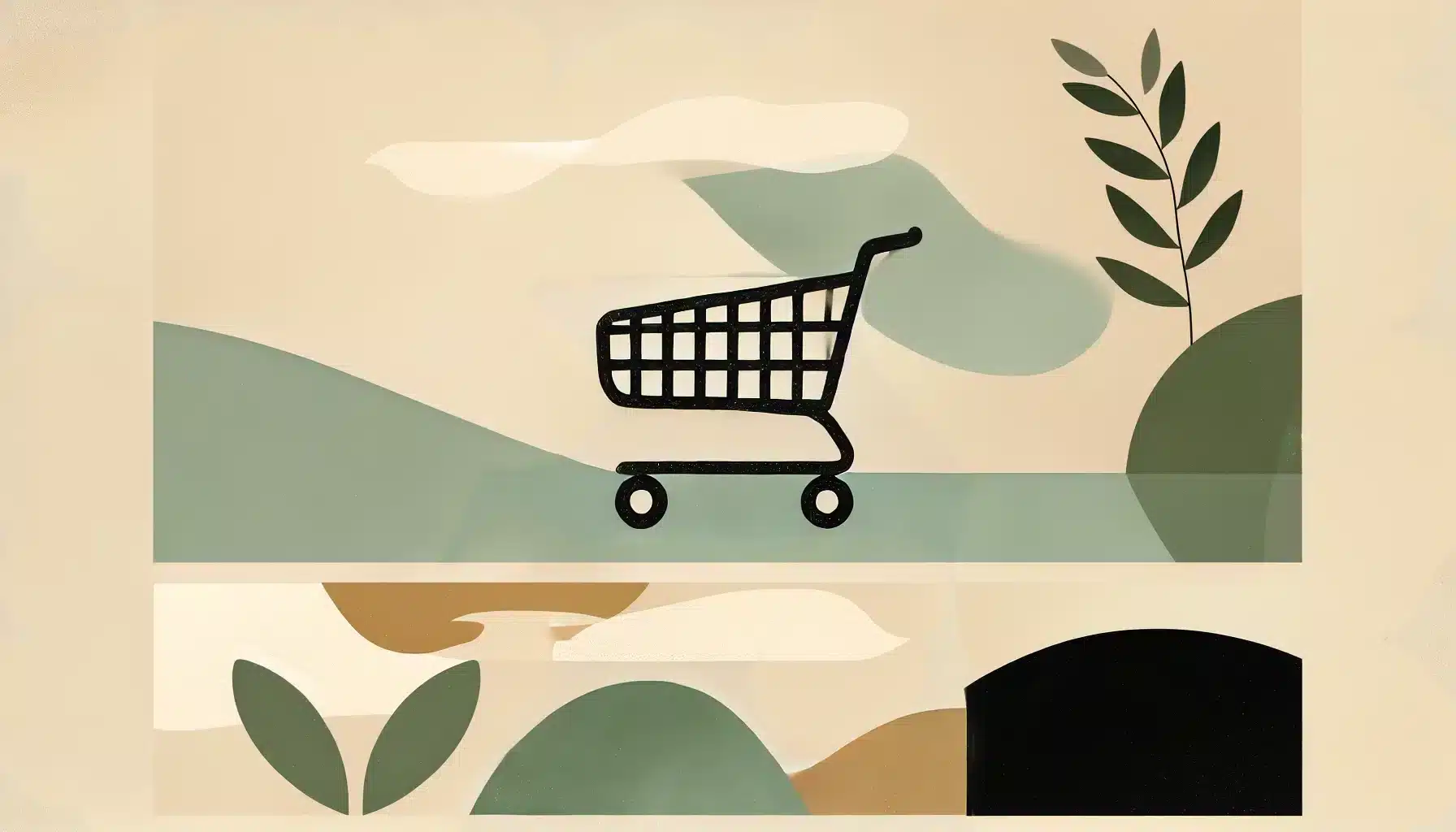What is Niet-Winkeldag (Buy Nothing Day)?
Niet-Winkeldag is observed annually on the last Saturday of November in the Netherlands. This day encourages people to pause their consumption habits and reflect on the impact of overconsumption on the planet and society. Originating as a protest against consumerism, Niet-Winkeldag inspires individuals and communities to embrace sustainability and mindful living.
History and Origin
The idea of Buy Nothing Day began in 1992, created by Canadian artist Ted Dave as a response to the growing culture of consumerism. The concept was introduced to the Netherlands in 1995 by Omslag, Werkplaats voor Duurzame Ontwikkeling (a Dutch sustainability organization).
Niet-Winkeldag was deliberately placed on the Saturday following Black Friday, one of the busiest shopping days of the year, to counteract the frenzy of consumerism and encourage reflection on the environmental and societal consequences of unchecked consumption.
The day has since become a platform for raising awareness about overconsumption, waste reduction, and the benefits of sustainable living.
Who Participates in Niet-Winkeldag?
- Environmental Activists: Individuals and organizations advocating for reduced consumption to protect the planet.
- Sustainability Advocates: Groups promoting conscious living and the reduction of waste.
- Mindful Consumers: People who take the opportunity to evaluate their shopping habits and opt for more sustainable choices.
- Local Communities: Cities and neighborhoods that organize events, such as swap markets or repair cafes, to inspire community-driven action.
- Educational Groups: Schools and organizations that use the day to educate others about the environmental impact of overconsumption.
Themes and Slogans
Niet-Winkeldag revolves around themes of mindful consumption, sustainability, and anti-consumerism. A popular theme is “Buy Less, Live More,” emphasizing the value of experiences over material possessions. Another theme, “Consume with Care,” promotes thoughtful purchasing decisions. A widely used slogan is “Break Free from Consumption,” encouraging people to challenge societal norms around shopping.
These themes inspire individuals and communities to rethink their relationship with material goods and embrace a simpler, more sustainable lifestyle.
Colors, Symbols, and Patterns
Colors
- Green: Representing sustainability and environmental awareness.
- Blue: Symbolizing the planet and its limited resources.
- Gray: Reflecting minimalism and the rejection of excess.
Symbols
- Closed Wallet: Representing the decision to stop spending for the day.
- Shopping Cart with a Slash: A visual protest against unnecessary shopping.
- Recycled Goods: Symbolizing the value of reuse and repurposing.
Patterns
- Minimalist Designs: Emphasizing simplicity and reducing visual clutter.
- Circular Arrows: Representing recycling and the circular economy.
- Nature Motifs: Highlighting the connection between reduced consumption and environmental health.
Most Used Hashtags
- #NietWinkeldag
- #BuyNothingDay
- #SustainableLiving
- #ConsciousConsumerism
- #LessIsMore
How to Observe Niet-Winkeldag
There are many ways to participate in Niet-Winkeldag and promote its message of conscious consumption:
- Attend Local Events: Many communities organize events like swap markets, repair cafes, or giveaways to encourage the reuse of goods.
- Host a Swap Party: Invite friends or family to exchange items they no longer need, promoting a culture of sharing and reducing waste.
- Spend the Day in Nature: Use the day to reconnect with the environment by going for a walk or enjoying outdoor activities that don’t require shopping.
- Learn About Sustainability: Read articles, watch documentaries, or attend workshops about the impact of consumerism and how to live more sustainably.
- Support Secondhand Stores: While the day encourages buying nothing, visiting thrift or charity shops can highlight the value of pre-loved items as a sustainable alternative to new purchases.
Why is Niet-Winkeldag Important?
Niet-Winkeldag is important because it challenges the societal norms of consumerism and promotes a shift toward mindful living. By pausing consumption for a single day, participants are encouraged to reflect on the environmental and ethical implications of their purchasing habits. This observance highlights the need for sustainability, waste reduction, and a deeper appreciation for non-material values.
The day also fosters community connections by encouraging sharing, reusing, and supporting local initiatives. It serves as a reminder that true happiness and fulfillment come from experiences, relationships, and living in harmony with the planet rather than from accumulating possessions.
Features
Contact Info
Last Saturday of November: Niet-Winkeldag (Buy Nothing Day Netherlands)
Why do you keep falling for the same type?
Read the article Lovemaps: the hidden blueprint of our love.

